OK, so you’ve mastered the basics of drone flight, have taken the obligatory photos of your house and the nearby empty field, and now you’re looking to take your drone photography to new heights. We’ve got you covered! In this article, we’ve compiled eleven tips that will tell you what to look for, how to frame up your subject, and tricks to create one-of-a-kind photos. What are you waiting for? Go ahead and elevate your art!
Shoot the horizon
The horizon is its own dividing line. Find interesting shapes, lines, and contrast there to capture an aerial image that tells a story. In this image, the setting sun provides a backdrop to the gold and green fields.
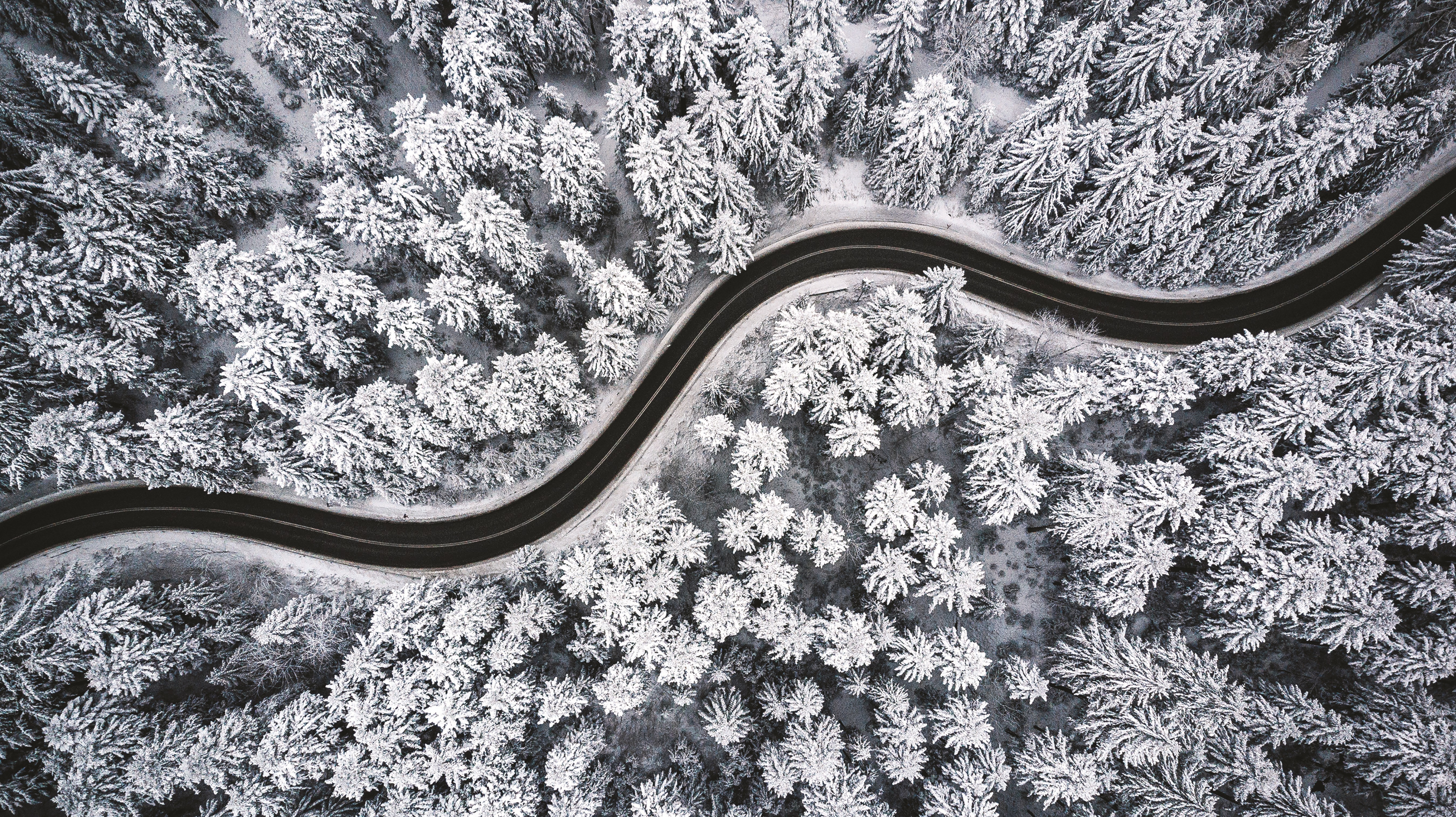
Find dividing lines
Lines can direct the viewer’s gaze in a photo. An aerial view lets you use roads, trails, and even walls to create rhythm or patterns in an image that can become your focus. Breaking horizontal lines up with an object or intersecting vertical lines can also create interest. Keep in mind that horizontal lines work best when they are truly horizontal and square with the edges of your frame; otherwise, your image may look off-center.

Take an aerial panorama
Many camera drones have a panorama feature that you can use to seamlessly meld many images into a single, wider view. Panoramas are ideal for overlooks or wide expanses—anyplace that has a wide, 180-degree view. Be careful not to shoot panoramas in wind because if the drone or objects in the image move, the program may not be able to stitch the images together.

Remember the Rule of Thirds
When you’re framing up your image with your drone (or cropping in post-production), divide your image into nine segments with two vertical and two horizontal lines. If you place key elements where these lines intersect, you’ll have a more natural composition.
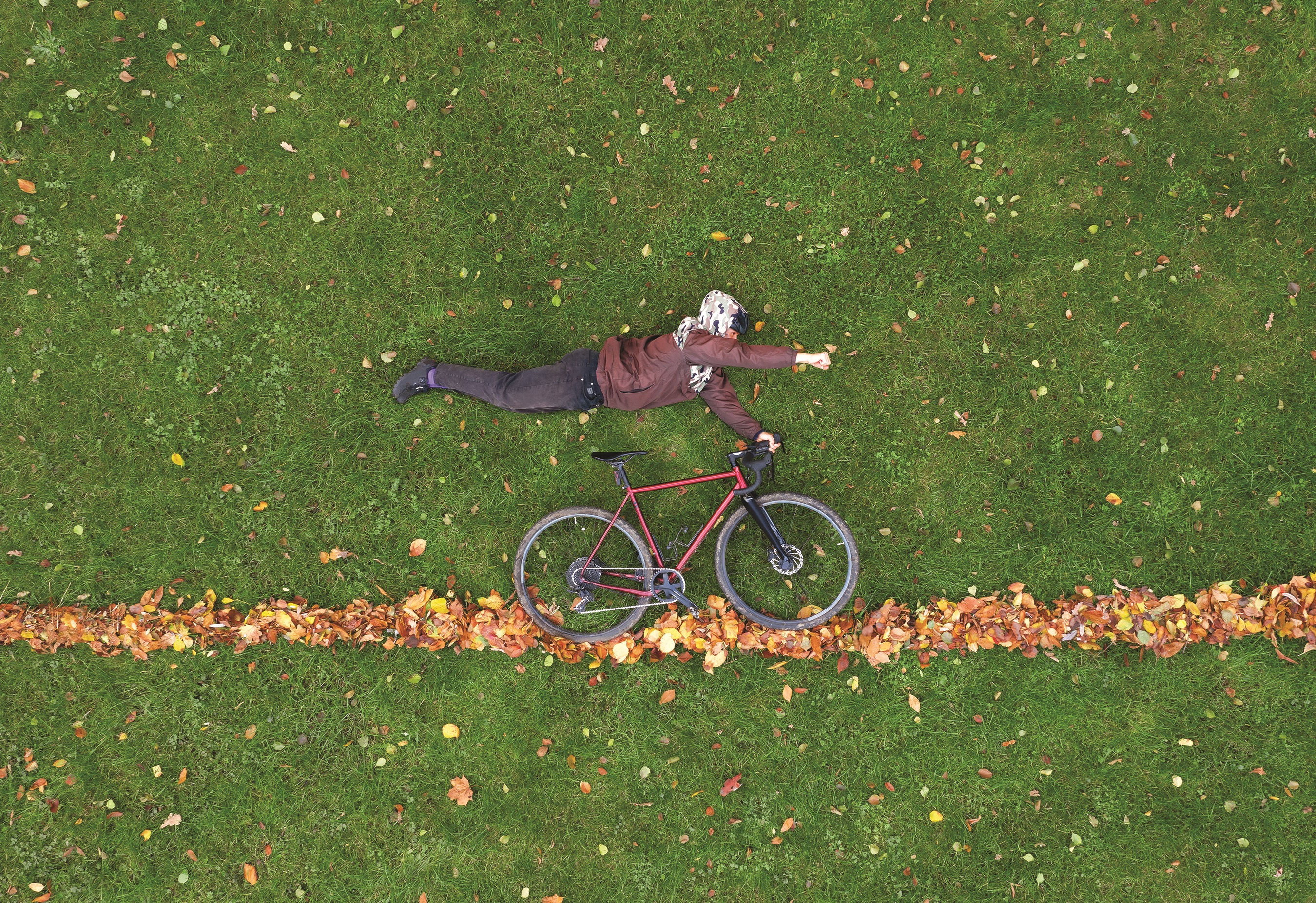
Create an Illusion
Enlist props and a friend to create a scene that looks “vertical” when shot from above. Have your friend lay on the ground in a pose that makes it look like they’re upright and use other props or nearby objects to set the scene.
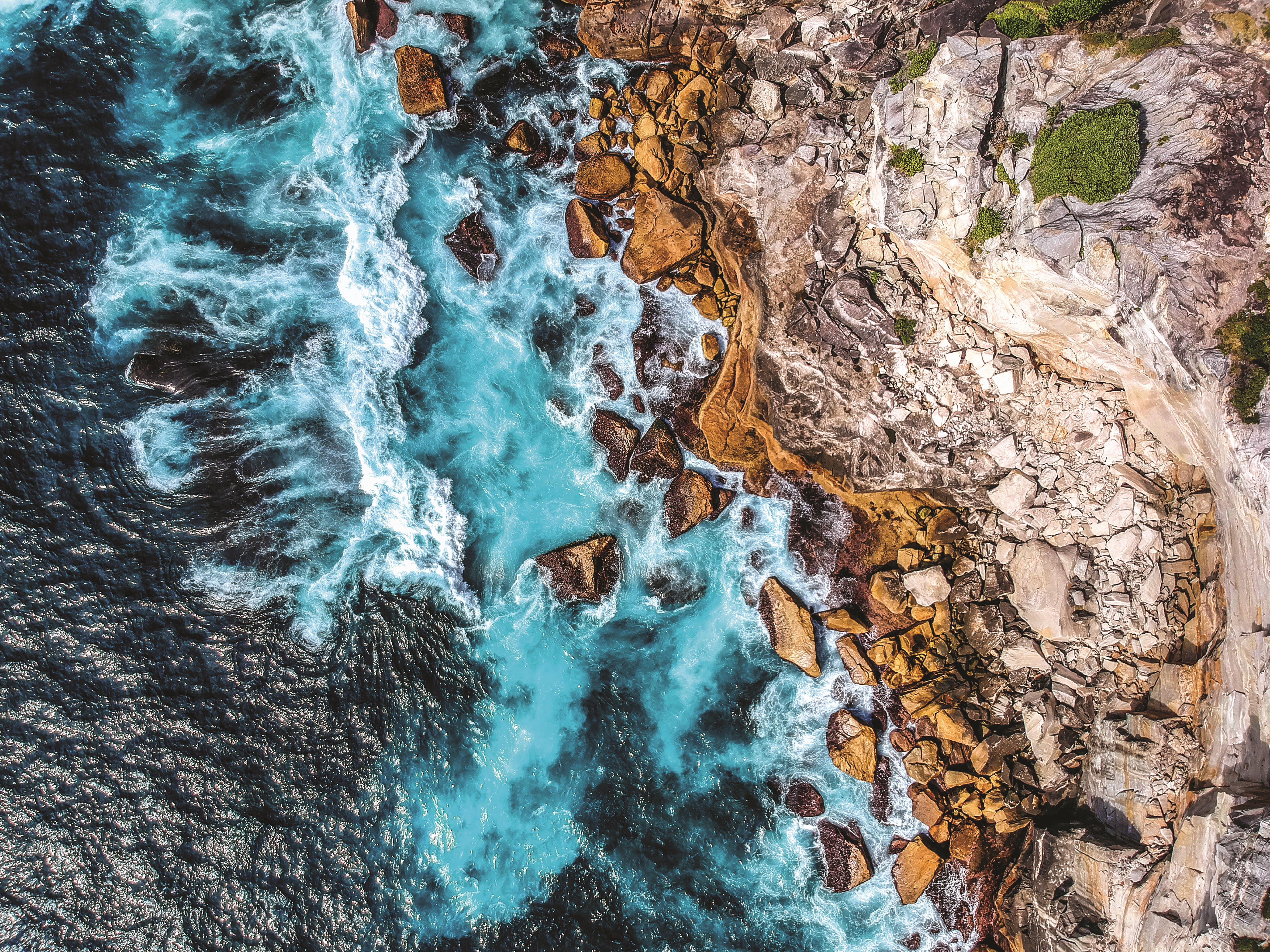
Create Abstract Art
Look for interesting shapes and lines from your aerial perspective. Frame up multiple shots from various angles and heights. Often, just cropping in tightly on an area will create a type of abstract aerial photo.

Look for repetition
Some aerial views provide a great opportunity for repetition. Carefully arranged objects can form precise, formulaic lines. A place like a shipping yard or train station can have a huge collection of identically-shaped objects. Even your ordinary neighborhood has a character with all its houses in a row. Appreciate the repetition with a great picture.

Look for symmetry
A bird’s-eye-view allows you to find surprising symmetry, like the top of a gazebo in a park, a water fountain, or a town square. The entire image doesn’t need to be symmetrical; just parts of the frame can be symmetrical. Or you crop in on just the symmetry. The symmetry doesn’t need to be perfect; a break in the symmetry can catch your viewer’s attention and make the image more interesting.

Capture Shadows
When the sun is low in the horizon, the light creates long shadows that you can play with to create wild scenes. Your subjects aren’t the interesting part of the image; their shadows are. Vary your drone’s height to elongate shadows.
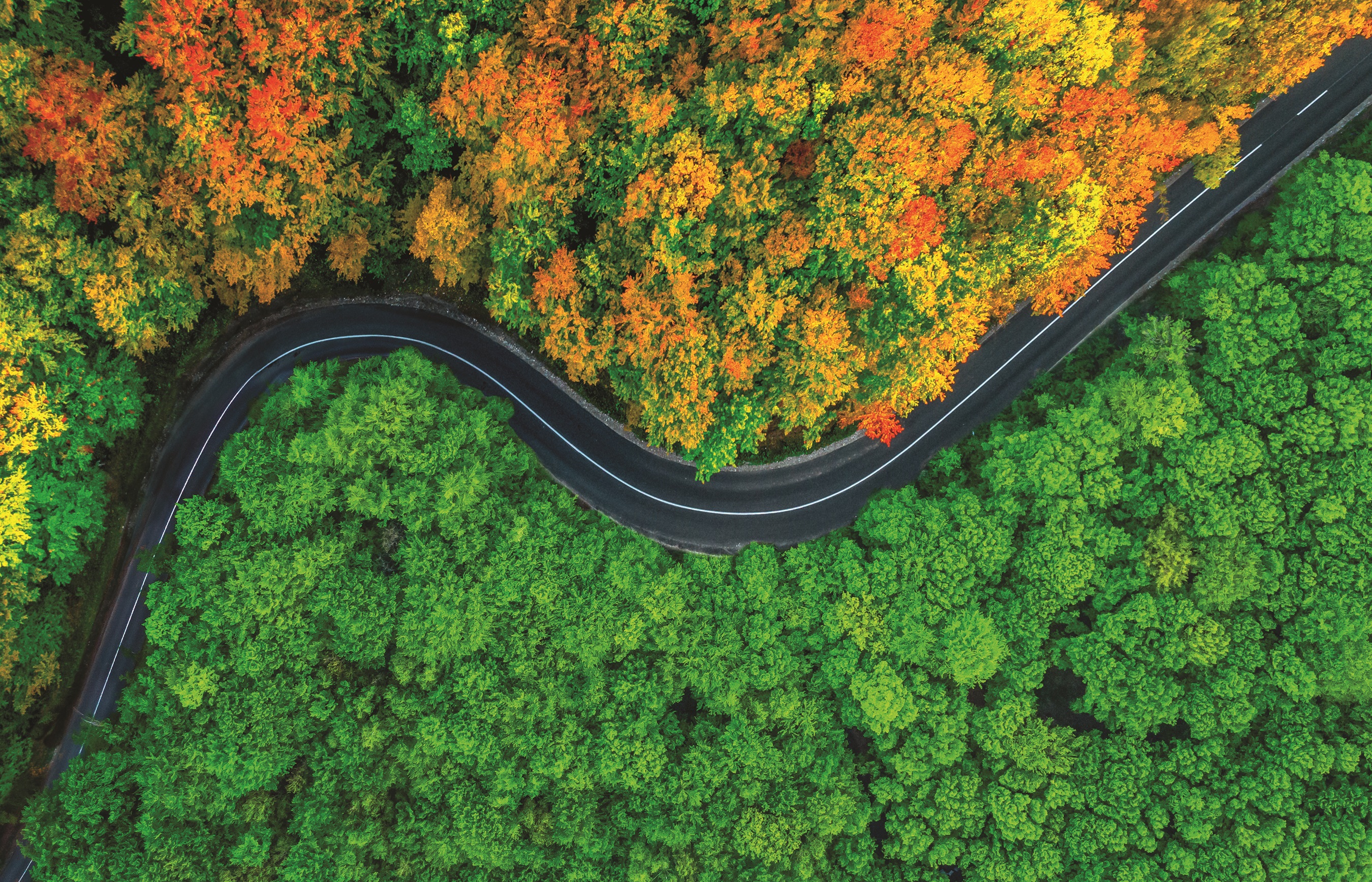
Find complementary colors
Keep complementary color pairs in mind when you’re composing a shot. A lush green forest is stunning against the fall-orange trees in this photo. For the best color contrast, keep things simple. The fewer colors in the image, the more dramatic and effective the contrast. Always be on the lookout for ways to juxtapose color complements.
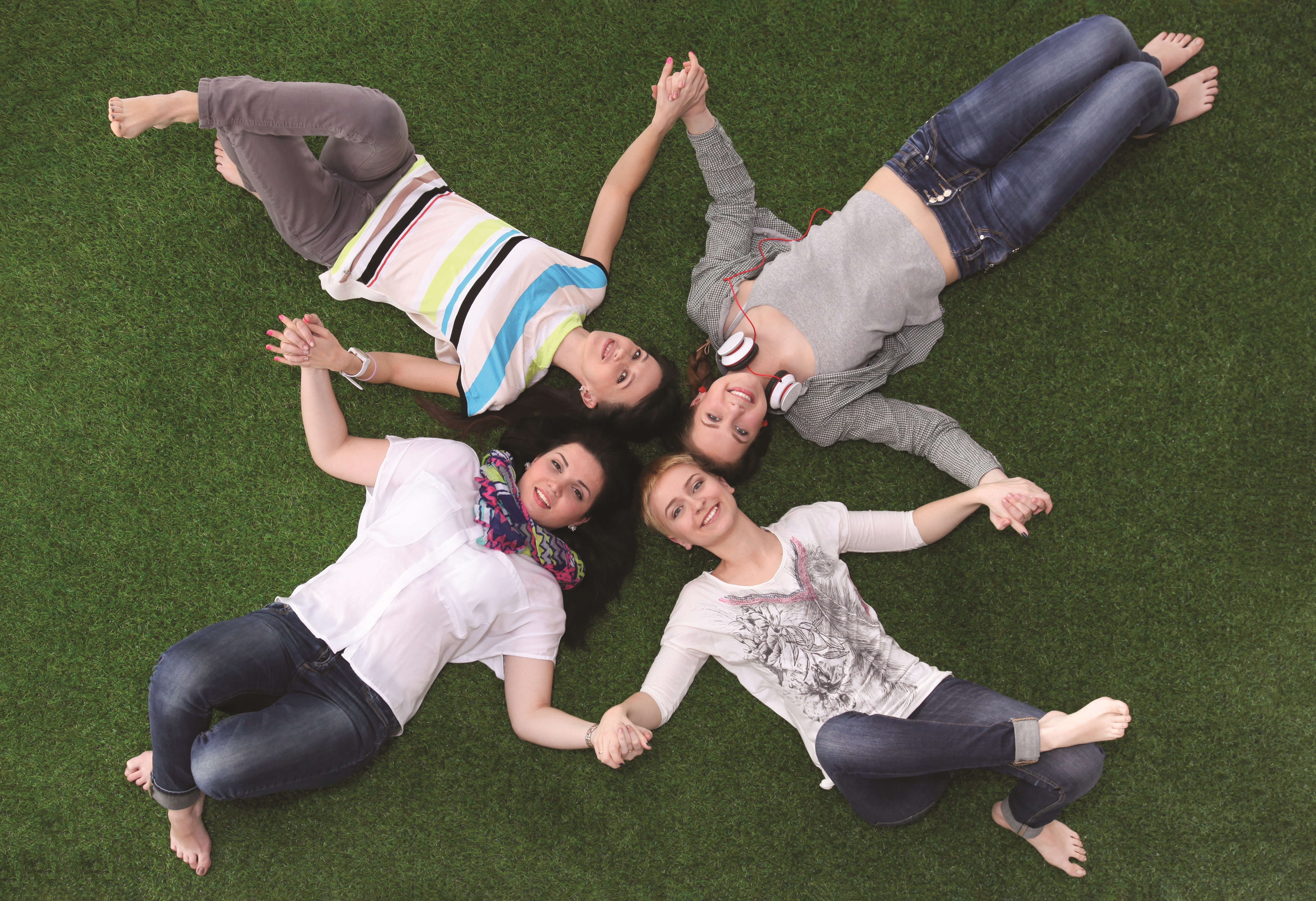
Zoom Closer
Although you never want to fly close to people, you can use your drone’s optical zoom capabilities to capture the personality of your subjects. Using your drone’s optical zoom function to take the photo instead of cropping in post-production will let you retain resolution and image quality.

Capture unique patterns
Humans like patterns, so they make great focal points in an aerial photograph. Getting an aerial perspective is a great way to find unexpected patterns in ordinary places. Start by finding repetition, then re-frame it in a way that draws the eye. To draw the most attention to the pattern, remove any distractions.
THE BOTTOM LINE
We hope this advice and these images will inspire you to take your drone photos to new heights. Be sure to enter your favorites into the RotorDrone Pro “Over the Horizon” competition. Every issue, we showcase our favorite reader photo and give away a free one-year subscription or extension to RotorDrone Pro.
Send your shot to RotorDrone@airage.com!



















